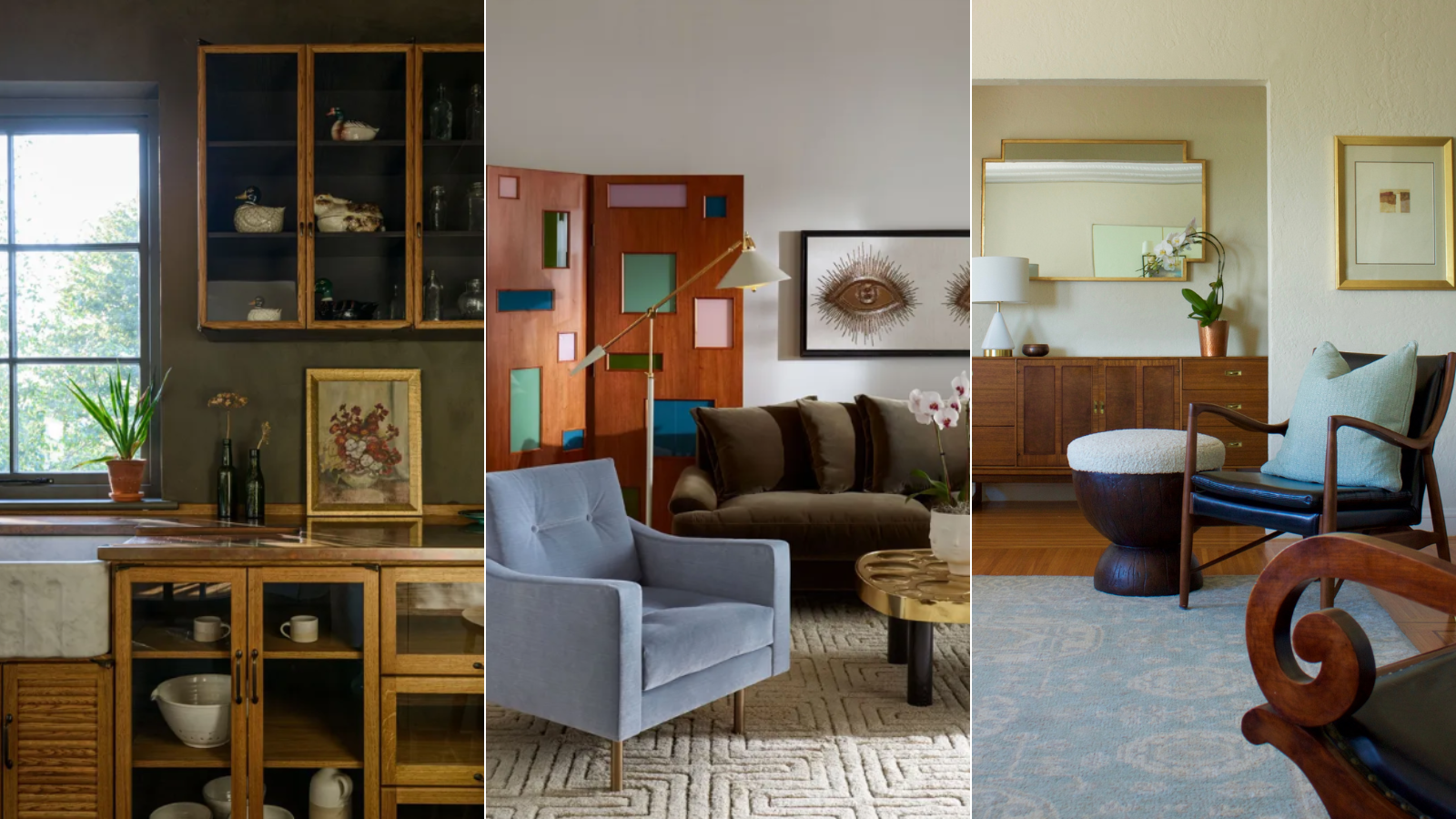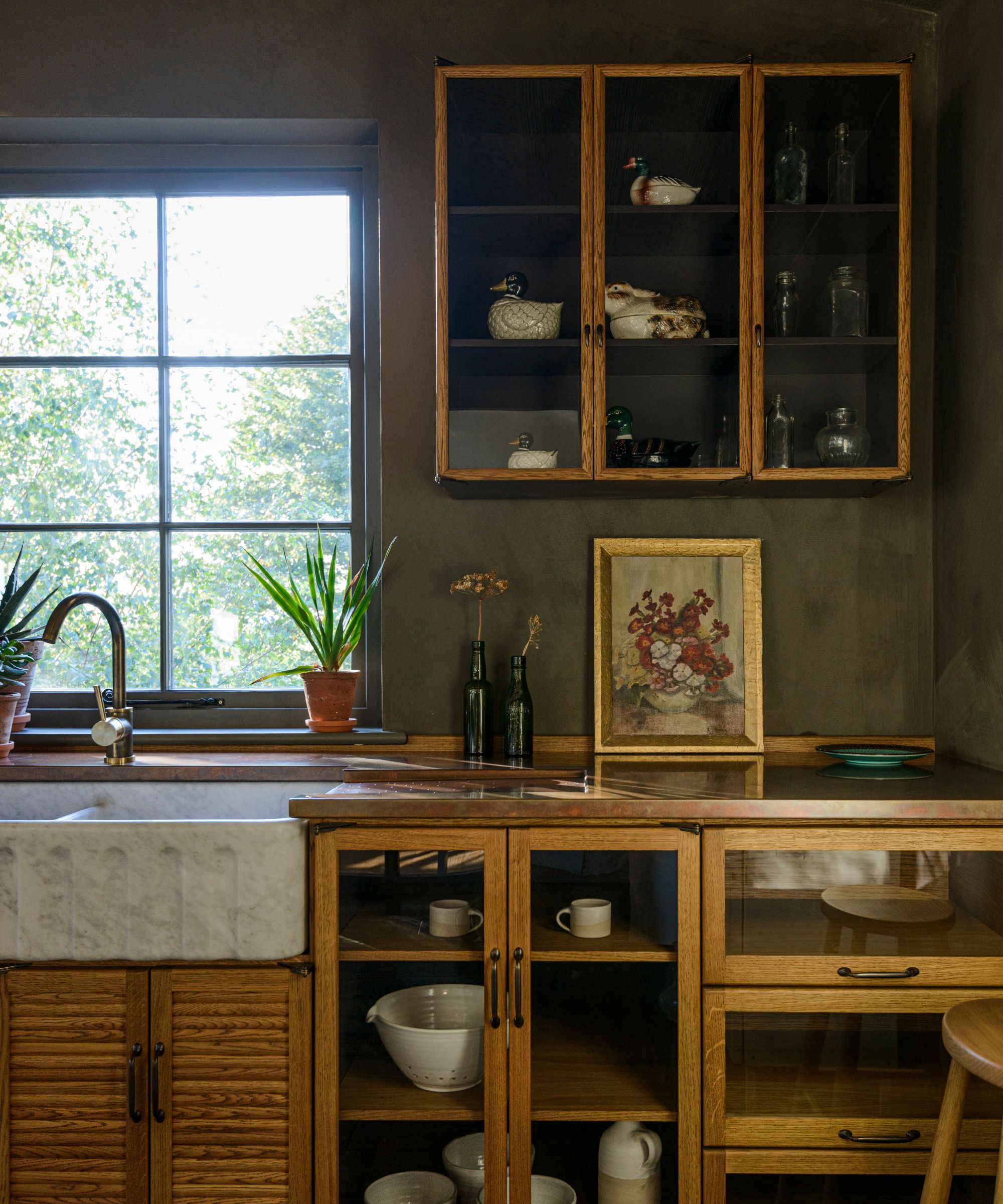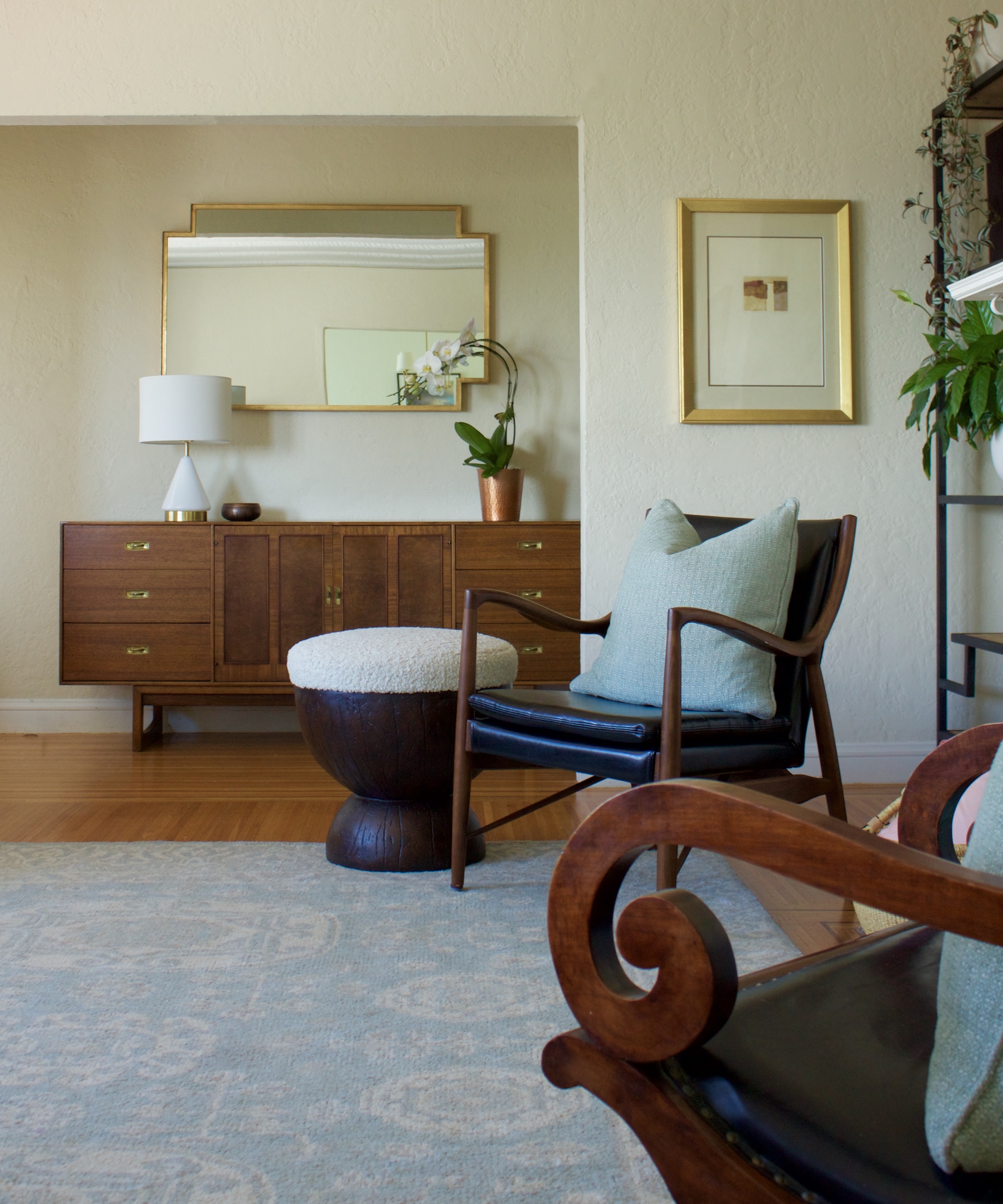How old does something actually have to be so it’s considered vintage?
We asked the experts how to work out if something is actually 'vintage' – is there a rule to how old a piece of decor or furniture has to be?


The word 'vintage' is thrown around a lot and is so often applied to furniture and decor, but you might be wondering how old something actually has to be before it’s considered vintage.
Rather than simply mean it wasn’t made recently, the word ‘vintage’ does refer to an age that a piece of furniture or an object should have reached. However, there is a complication. For some experts, vintage begins a little further back in time than it does for others.
What’s more, although decorating with vintage and introducing antiques to your interiors both involve pieces of a certain age, there’s a generally agreed division between the two.
So how old does something have to be before you can call it vintage, according to the people in the know? We asked the experts to explain – and to share the secrets of buying genuine vintage furniture and objects.
How old is vintage?

You might – depending on your own age – be surprised about how recently vintage items were made.
‘Typically, items need to be at least 20 years old to be classified as vintage,’ says Alex Bass, founder and CEO of art advisory and interior design studio Salon 21.
‘It’s a bit of a gray area, though, since some people might stretch that to 30 years or more, depending on the context,’ she continues. ‘I feel like so many pieces are called “vintage” when they technically aren’t, but this is more of a concern with clothing and accessories.’
Design expertise in your inbox – from inspiring decorating ideas and beautiful celebrity homes to practical gardening advice and shopping round-ups.
Shane Bastian, owner and operator of Sparklebarn, a vintage furniture store in Seattle, WA, agrees on the general account but has a more exacting definition of what vintage is. ‘Some consider anything over 20 years old as vintage, but we typically assign that status to furniture pieces that were created before 1980,’ he explains.
And there can be a little more than just age implied when the word vintage is used, according to the experts. ‘Vintage pieces carry a sense of nostalgia and often represent a specific era, whether it’s mid-century modern, 1970s bohemian, or 1990s minimalism,’ says Becky Shea of Becky Shea Design. ‘Vintage items have that unique ability to tell a story, offering a connection to the past while adding personality and depth to a space.’
When does vintage become antique?

If we begin the vintage period with objects and furniture that are at least 20 years old, you might be wondering what the difference is between them and antiques.
The answer is another number. ‘By standard definition, “antique” is an object that is at least 100 years old – whether it be a watch, car, or chair,’ says Shane Bastian.
Using these ages as a guide, there can be overlap, as Alex Bass explains. ‘While all antiques can be considered vintage, not all vintage items qualify as antiques,’ she says. And that’s where the idea of time periods that we’ve already mentioned comes in. ‘Vintage often refers to styles and trends from specific eras, while antiques have historical significance,’ says Alex.
Does vintage differ from retro and kitsch?

Their age also commonly distinguishes vintage furniture and objects from those that are retro.
‘Vintage pieces were created in a vintage era, whereas retro typically describes a new piece of furniture that is designed to resemble those that were designed in a vintage era,’ says Shane Bastian. ‘Popular styles for retro inspiration include mid-century, space age and art deco.’
As for kitsch designs, there might be some common ground. ‘Kitsch is a style that has a sense of garish, playful, or ironic design – whether it be created in the era it resembles or as a retro nod to that era,’ explains Shane.
However, as Alex Bass points out: ‘While all of these can overlap, vintage is more about age, while retro and kitsch focus on style and cultural significance.’
Which vintage era’s designs are most desirable?

Mid-century designs stand out for many experts. ‘There are great designs that have come out of every decade and generation, but I feel that the late 1950s through early 1960s were a real sweet spot for the intersection of form and function,’ says Shane Bastian. ‘Post-war innovation, ambition and enthusiasm led the way for iconic designs of furniture, cars, fashion and houses. Designers were paying real attention to balancing aesthetic with quality during that time period.’
Alex Bass agrees. ‘It often depends on personal taste, but items from the mid-20th century, particularly the 1950s and 1960s, are very popular right now,’ she says. ‘The design aesthetic from those decades has a lot of appeal, especially with the resurgence of mid-century modern styles.’
But another vintage era is also popular. ‘I also feel like there is a revived interest in art deco and people really appreciating that type of craftsmanship and ornate detail,’ says Alex.
How to check a piece really is vintage

We’ve established that a vintage piece is at least 20 years old but you’ll want to be as sure as you can that what you’re buying is the real thing.
‘To verify authenticity always search for markings by the maker or artist which are usually seen as signatures, stamps, or logos on the bottom or side of the piece,’ advises Cory Alisa Ferris, design principal of Cory Alisa Fine Arts & Interior Design, who also sells vintage items.
‘Utilize websites such as Chairish and 1stDibs to do research to determine if it’s genuine. If you can locate your exact item or something similar enough to it on one of those platforms, you’ve likely got yourself the real deal. The weight, finish, texture, and condition will help identify the quality of the item.’
‘Another tip is to ask for provenance if possible,’ adds Becky Shea. ‘Knowing where the piece came from, its history, or its previous owners can provide additional confirmation that you’re dealing with something authentic.’
Vintage items have distinctive style that’s typical of the era in which they were made – and an age of anything from 20 to 100 years old. But what’s also important is that, like antiques, they can add character. ‘When you layer these elements into a room, they add texture, warmth, and a sense of soul, creating a timeless quality that makes the design feel effortlessly chic and personal,’ says interior designer Becky Shea.

Sarah is a freelance journalist and editor. Previously executive editor of Ideal Home, she’s specialized in interiors, property and gardens for over 20 years, and covers interior design, house design, gardens, and cleaning and organizing a home for Homes & Gardens. She’s written for websites, including Houzz, Channel 4’s flagship website, 4Homes, and Future’s T3; national newspapers, including The Guardian; and magazines including Future’s Country Homes & Interiors, Homebuilding & Renovating, Period Living, and Style at Home, as well as House Beautiful, Good Homes, Grand Designs, Homes & Antiques, LandLove and The English Home among others. It’s no big surprise that she likes to put what she writes about into practice, and is a serial house renovator.